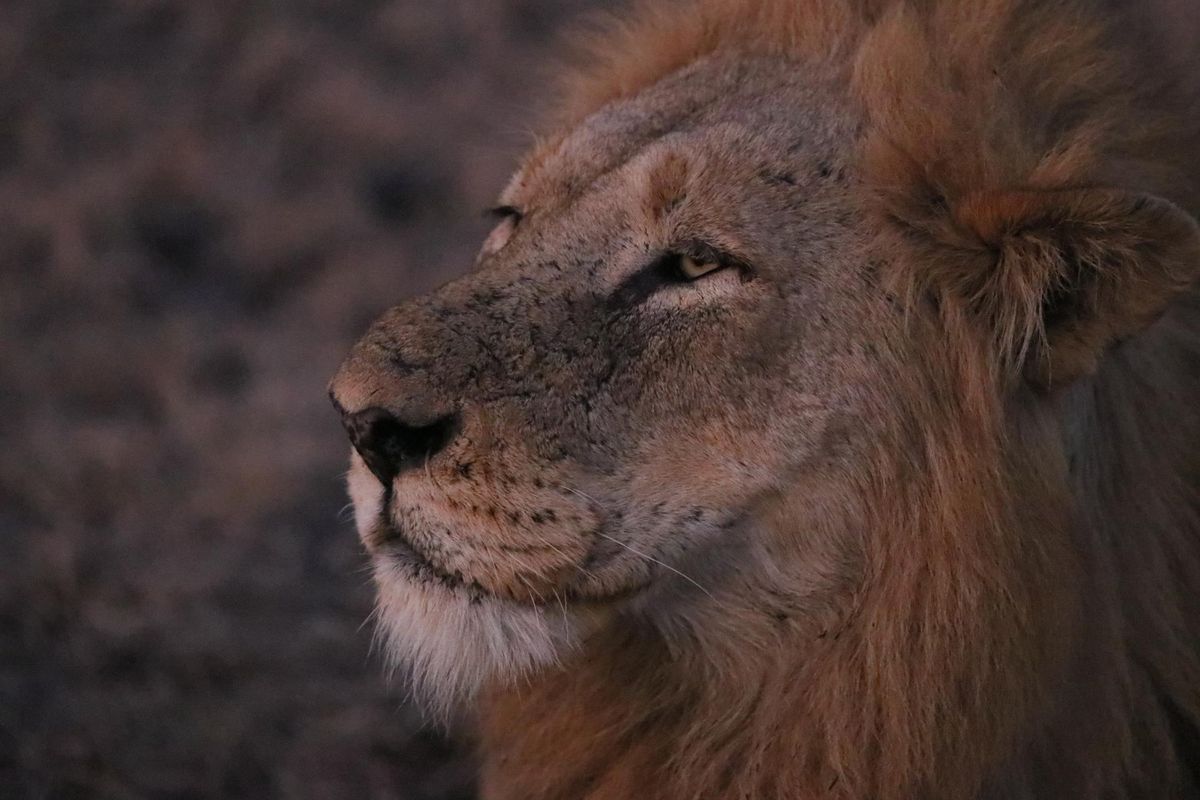Do-it-yourself safari: South Africa’s Kruger National Park

When the sun sets in South Africa’s Kruger National Park, humans flock to the gated towns interspersed throughout the park’s 7,532 square miles.
Tall, electrified barbed wire fences surround these bastions of humanity. If you miss the 6 p.m. curfew, be prepared to pay a hefty fine.
These rules are not solely for the safety of the people. Instead, they’re designed with an eye toward the animal denizens of the park. At night, animal-vehicle collisions are more likely.
“(They) lock the people up and let the animals run free,” Gary Lee said. “What a great concept.”
This was just one of the differences that Lee, a Spokane resident, noticed while traveling throughout Kruger National Park last year. The avid birder and nature watcher, said the trip was “profoundly affecting.”
“It was a very intimate journey and adventure,” he said. “You saw animals living their life. At a level that we really have a hard time doing here in North America. It was a real joy.”
Lee spent the month with his adult daughter and wife. Unlike many African nature safaris, Lee didn’t book the trip through a tour company. Instead, he rented a vehicle and drove the family throughout the national park, taking more than 9,000 photos. That autonomy meant they could spend as much – or as little – time as they wanted in each spot.
“It’s just more rewarding than someone chauffeuring you up to something,” he said. “It was just so much fun.”
While the trip wasn’t cheap – Lee estimated it cost about $8,000 per person for a month – it was cheaper than traveling with most tour guides. Lee said his self-directed trip could have been cheaper.

While designing your own trip is time-consuming, the effort is rewarding, Lee said.
“That is the trade-off, certainly the appeal of a tour is you can just click and give your credit card and someone else is going to plug in all the details for you,” he said. “I found it much more rewarding to do this. But it was definitely time-consuming.”
Lee has a few tips and tricks for would-be do-it-yourselfers.
First, he said, beware of internet searches.
“Nearly all web searches, brochures and advertising will refer you to high-end safaris and full service tours, of course,” he said. “Even in online chats, subtle and not-so-subtle self-promoters will suggest expensive tour options.”
Instead, do your own research.
When to go: Lee opted to go during July and August, which is winter in South Africa. That meant their trip was significantly cooler with the temperatures in the high 70s and low 80s most days.
“It’s also when the leaves are off the trees,” Lee said. “And so its easier to see the wildlife.”
The downside of a winter trip is that migratory bird species aren’t there. But the “spectacular mammals” made up for any avian dearth, Lee said.
How long to go: Possibly the most expensive part of a do-it-yourself trip will be the flight. As Lee points out, why not make it worth your while and stay as long as possible?
Where to fly: Most people fly to Johannesburg, South Africa.
Where to stay: Lee and his family stayed in huts and bungalows in the gated camps throughout Kruger. On average, it cost $100 a night for the three of them. It’s possible to camp with tent sites costing about $20 per night.
What to wear: Even in the winter, nighttime temperatures didn’t drop below the mid-40s. Although Lee brought layers, he said, “Shorts and light shirts were the mainstay.”
Medication: Lee and his family took malaria medication, even though the risk is “quite low.” Hepatitis A and B are also required immunizations.
Permits: Foreign visitors to Kruger National Park must purchase a Wild Card. The card is valid for one year and buys you entrance to more than 80 South African national parks and reserves. Prices vary depending on package purchased. For information, visit sanparks.org/wild_new/tourism/pricing.php.